astrostu
I shoot for the stars
- Joined
- Aug 1, 2006
- Messages
- 673
- Reaction score
- 17
- Location
- Boulder, CO, USA
- Can others edit my Photos
- Photos NOT OK to edit
It seems to be something that everyone tries to photograph at one time or another: Earth's closest celestial neighbor, the moon (or Moon, depending on your grammar philosophy). However, there is a lot of confusion floating around on how to properly photograph it. People seem to be confused about whether or not they need a tripod, what kind of aperture to use, how to focus, proper shutter speed, etc.
Because of this, I have written a 9-page guide on photographing the moon:
I am hoping that this will clear up a lot of confusion out there ... and a lot of very bad advice. Although I know that this thread will quickly become buried on this forum, I am hoping that people will find it by using this site's Search feature or that I can simply refer people to this thread in the future.
Please let me know if you have any comments or questions about the guide, or suggestions for additional content. You can either reply to this thread, send me a PM, or send me an e-mail. I'd really like to hear from you if you've used it successfully or even if you haven't, and what the result was. If you were not successful with this guide, I will personally try to help you (so I can figure out specifically what went wrong and make the guide better for others).
Please note: I will be updating this guide from time-to-time. When I do, I'll update the "guide last updated" date above as well as add a new post to this thread stating as such for folks who've replied.
Because of this, I have written a 9-page guide on photographing the moon:
I am hoping that this will clear up a lot of confusion out there ... and a lot of very bad advice. Although I know that this thread will quickly become buried on this forum, I am hoping that people will find it by using this site's Search feature or that I can simply refer people to this thread in the future.
Please let me know if you have any comments or questions about the guide, or suggestions for additional content. You can either reply to this thread, send me a PM, or send me an e-mail. I'd really like to hear from you if you've used it successfully or even if you haven't, and what the result was. If you were not successful with this guide, I will personally try to help you (so I can figure out specifically what went wrong and make the guide better for others).
Please note: I will be updating this guide from time-to-time. When I do, I'll update the "guide last updated" date above as well as add a new post to this thread stating as such for folks who've replied.
Last edited:


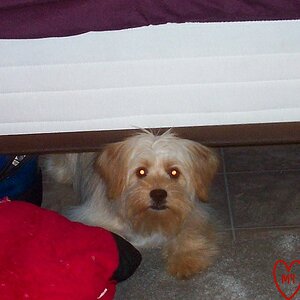


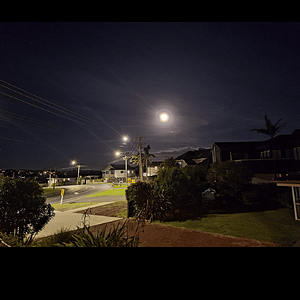
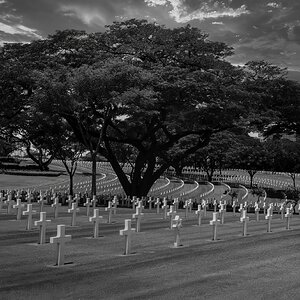
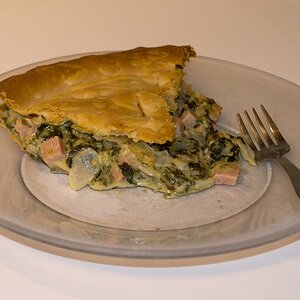
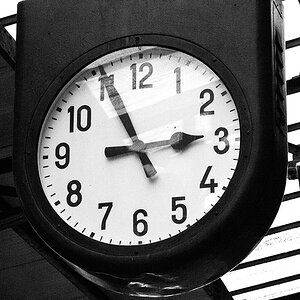
![[No title]](/data/xfmg/thumbnail/41/41778-1940e957c27e1919c300dfedbc32d1c3.jpg?1619739889)
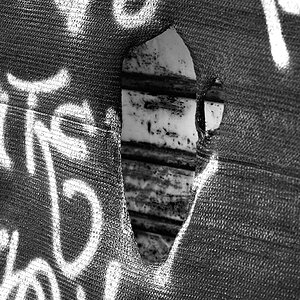
![[No title]](/data/xfmg/thumbnail/39/39429-cfa441056f1e6a1995539dc87c794876.jpg?1619739028)

